What the condominium perimeter is and why it’s critical
When talking about security in condominiums, people often immediately think of cameras, reinforced doors, or automatic gates. All useful, of course, but rarely do they stop to consider what should be the first level of protection: the condominium perimeter. And here comes the question: do you really know what the condominium perimeter is and why you should pay more attention to it? Spoiler: it’s not just “the fence surrounding the building.”The perimeter: much more than a simple line
Imagine the condominium as a small fortress. The perimeter is the boundary that separates “inside” from “outside.” In theory, simple. In practice? Less so than you think. This “invisible boundary” is often taken for granted. But when something happens – an intrusion, a theft, damage – everyone starts asking: how did that person get in? The answer, in most cases, is through an unprotected or poorly designed perimeter. That’s why it’s essential to understand that the perimeter is the first filter between security and vulnerability. If you leave a gap, that’s where they will get through. And no, it’s not just professional thieves with balaclavas and flashlights: even amateur vandals, unwanted curious people, or simple opportunists can take advantage of a damaged or too low fence.Security, appearance, and common sense (yes, they go together)
Many administrators think: “If I raise the fence too high, the residents will complain it looks like a prison.” Very true. And you know what? They’re also right. But today there are aesthetic and functional solutions that protect without spoiling the look. The nice thing is that good perimeter protection can become an integral part of the condominium’s appearance. It doesn’t have to be a gray reinforced concrete wall or a soccer field fence. Have you ever seen those wood-effect PVC fences? Beautiful, clean, durable, and practically invisible from the outside. They combine security and style without pleasing everyone — but almost. Also, the perimeter is your calling card for anyone passing by or visiting the condominium for the first time. If it’s rusty, bent, or poorly patched, the image you give is that of a neglected place. And let’s be honest: first impressions matter, even in a condominium.Because it’s truly a “condominium” issue
If you’re an administrator, you already know how delicate managing shared decisions can be. Especially when it comes to expenses. Yet, the perimeter fence is one of the few items almost everyone agrees on, if explained well. Why? Because it affects everyone’s safety, from the ground floor to the penthouse. And when you explain that investing in the perimeter can reduce future costs for damages, maintenance, and even insurance, even the most skeptical start to change their minds. Do you know a trick that often works? Bring graphic simulations or real examples from similar condominiums. Showing “before and after” helps much more than a thousand words in the assembly. And if the estimate is clear, with a price per linear meter, no surprises or hidden clauses, you’ve already done half the job.The perimeter is also… peace of mind
When the perimeter is well maintained, you sleep better at night. And not just metaphorically. You don’t have to deal with constant complaints, you don’t need emergency repairs for broken parts or open gaps. And above all, the residents see you as a careful and forward-thinking administrator who doesn’t wait for a problem to fix it but prevents it. Here’s the secret: good management starts with the details nobody watches… until problems pop up. The perimeter is exactly one of those. Don’t underestimate it. Make perimeter protection an integral part of condominium management, and you’ll find it can be one of your best allies.Who is legally responsible for its protection?
Have you ever heard the phrase “if something happens, who pays?” If you manage a condominium, probably yes… more than once. When it comes to security, and especially the condominium perimeter, the question is more than legitimate. Who has the legal responsibility to protect it, maintain it, inspect it, and—if needed—update it? Spoiler: if you’re an administrator, you’re not just the spokesperson. You’re also the first on the list of those responsible. Let’s take a closer look, using simple words and no lawyer talk.Let’s understand it better, in simple words and without legal loopholes.
Il perimetro è parte comune: quindi è responsabilità collettiva
Let’s start with the basics. According to the Civil Code, everything that serves the common use of the building is considered a “common area.” And guess what? Yes, even the boundary wall, the external fence, the gate, and everything that marks the perimeter fall into this category. This means that all condominium owners co-own the perimeter, in proportion to their shares. So? And therefore, they are all jointly responsible for its maintenance, appearance, and safety. But beware: this doesn’t mean that every tenant can decide to tamper with the gate or add a random fence. Operational decisions belong to the condominium assembly, but the execution and oversight of what is decided are entrusted to the administrator. In practice: the assembly votes, but then it’s you, dear administrator, who must carry out the work and ensure it’s done correctly.The administrator: guardian and responsible party… even before the law
And here comes the interesting part. Many think the administrator is just an organizational figure, a kind of “condominium secretary.” Nothing could be further from the truth. You, who wear the hat of administrator, are legally responsible for the custody of the common areas, for everything related to ordinary and extraordinary maintenance. And the condominium perimeter, being a common area, falls exactly within this scope… um, area. If, for example, an intrusion occurs because a fence has been broken for months and no one intervened, you could be held liable for negligence. Or, if a piece of fence falls on a car or, worse, on a person, and there was no warning or planned intervention… the problem becomes very serious. That’s why it’s essential to document all reports, inspections, and planned actions. Even a simple email to the condominium council or a note in the minutes can save you in case of disputes.Who controls what: roles, limits, and shared responsibilities
Another point must be clarified: not all responsibilities rest solely on the administrator’s shoulders. You have tools at your disposal and can delegate some tasks, provided everything is traceable and well documented. You can, for example:- Assign periodic inspections to an external company (with a proper contract)
- Have a technical survey carried out in case of doubts about the fence’s stability
- Report the urgency of interventions in the assembly, then obtain authorization for the expense
The importance of prevention (before the lawyer shows up)
At the end of the day, the perimeter is not just a boundary line: it’s a legal boundary, and often also a red line of responsibility. Taking care of it before something happens is your secret weapon to live more peacefully, work better, and sleep at night. You don’t need a thousand meetings or crazy expenses. Sometimes, a small preventive action is enough to avoid a big legal problem. An inspection with a specialized company, a technical report attached to the minutes, or a simple photo attached to the certified email can make the difference in case of complaints or claims. Remember that condominium owners almost never notice what works… but they remember very well what wasn’t done when it really mattered.How to calculate the linear meters to protect
When it comes time to install a perimeter fence, the first question is always the same: how many meters do we need? Yet, surprisingly, it’s also the question no one wants to answer right away. It seems trivial, but it’s not: calculating the linear meters to protect is the first step to getting a serious and realistic estimate. And the good news? You don’t need to be an engineer or surveyor to get a reliable estimate. With a bit of care and some practical tricks, you can manage it yourself (at least in the preliminary phase).Don’t trust “more or less”: you need an exact figure.
Let’s say it right away: there is no good estimate without an accurate measurement of the perimeter to be fenced. The classic “about 200 meters” isn’t enough, especially if your building has odd angles, walls, gates, ramps, or plants to consider. A common mistake? Leaving out existing sections from the calculation, thinking “there’s already something there anyway.” Wrong. Existing fences must also be assessed: are they intact? Do they have the same height? Do they offer the same level of security? In short, you don’t just need to know how many meters to protect, but also where and how. This is where the measurement becomes a small project.How to take a simple survey (even without a floor plan)
If you have a floor plan of the building, you’re already halfway there. But if you don’t, no worries. You can still take a manual survey easily and without professional equipment. Grab a long tape measure (or a measuring wheel with a handle), an even roughly drawn map of the building, and start walking along the entire outer perimeter. Each time you change direction, mark a corner or a section on the map, and note the length. Don’t forget:- Pedestrian and vehicle gates
- Sections already fenced but damaged
- Sloped areas or flower beds to go around
- Any open gaps or shared entrances with other buildings
Watch out for what “can’t be seen”
There is another very common mistake: not considering future obstacles or elements not visible today. Let me give you an example. Maybe today a section is covered by a tall hedge, so you don’t fence it. But what if the hedge is removed? Or, there are low walls or rusty fences that don’t offer any real security but still appear “present.” In reality, I am just an illusion. And you, as a good administrator, must look beyond appearances. Always ask yourself the right question: “Does this feature really protect something… or is it just there for show?” Only in this way can you understand whether the feature should be completed, replaced, or simply included in the new fencing project.Your best friend? The “per linear meter” estimate.
Once you have a fairly accurate number (or a well-reasoned estimate), you can finally request serious quotes. Most companies today work with a cost per linear meter, which makes life easier for everyone. This approach allows you to:- Compare different solutions (PVC, metal, mesh, panels)
- Calculate the budget transparently
- Present the numbers clearly in the meeting
Bonus tip: use graphic simulations to convince
One thing that always works? Accompany the calculation with a graphic simulation or a digitally edited photo. Showing the residents how the new perimeter will look, with the measurements highlighted, can really make a difference in the meeting. Many companies offer this service for free or as part of the initial inspection. And if you can’t afford it right away, even a drawing made with Canva or PowerPoint can be much more effective than words.Practical ideas for fencing without arguing in the meeting
If you’ve already proposed a job in the condominium meeting, you know well what the word “expense” alone can trigger. Let alone if it’s about fencing the entire perimeter of the condominium. Between those who say “it’s useless” and those who shout “finally!”, the risk of turning the meeting into a fight is very high. But don’t worry: there are strategies, tricks, and approaches that can help you fence effectively… and without arguments. And no, you don’t need superpowers, just a bit of common sense and some well-planned moves.Start from the fears (not the measurements)
Do you know what really creates tension in the meeting? The feeling of imposition. If you enter the room with a finalized project, technical drawings, and figures, you risk triggering the opposite reaction: “Who decided this?” The solution? Start from shared fears, not the project. Talk about recent thefts, rusty fences, or easy access from side roads. When you touch on emotional and real concerns, everyone listens more carefully. Then move on to the concept: “How could we solve the problem in an elegant and lasting way?” And only after, present the technical ideas, linear meters, costs, and options. Trust me: if you first share the difficulties, then no one will feel excluded from the decision-making process.Show multiple options (but not too many)
A common mistake is bringing only one proposal to the meeting, thinking it will “simplify the choice.” In reality, if you present only one option, the message that comes across is: “This is what I have decided.” And here begin the objections, protests, “there are better companies,” “I have a cousin who works in the sector,” and so on. The trick is to present two or at most three different solutions, all realistic, already evaluated, and with comparable data. For example, you can propose:- Solution 1: wood-effect PVC fence, elegant and maintenance-free
- Solution 2: metal mesh with integrated anti-climb system, more affordable but very secure
- Solution 3: combined PVC + ornamental hedge, for those who want aesthetics and privacy

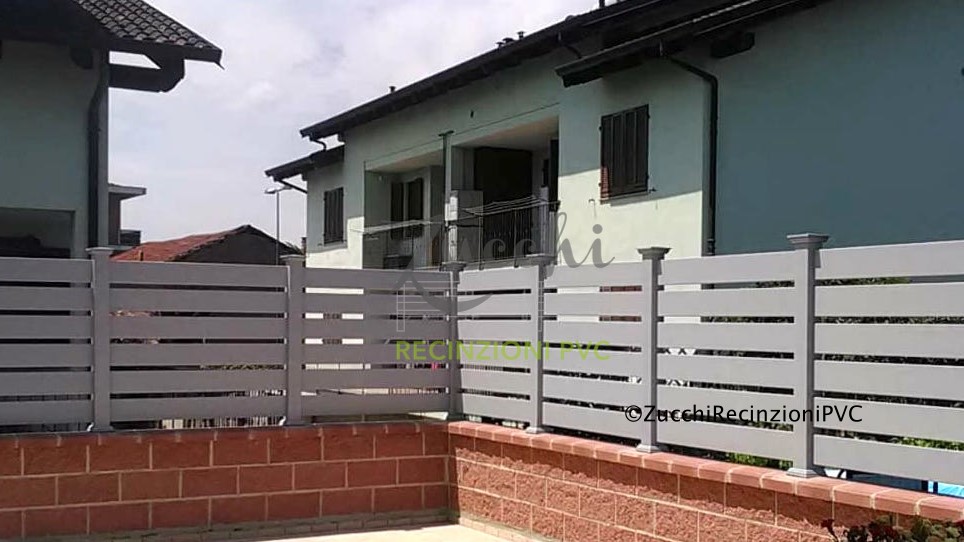
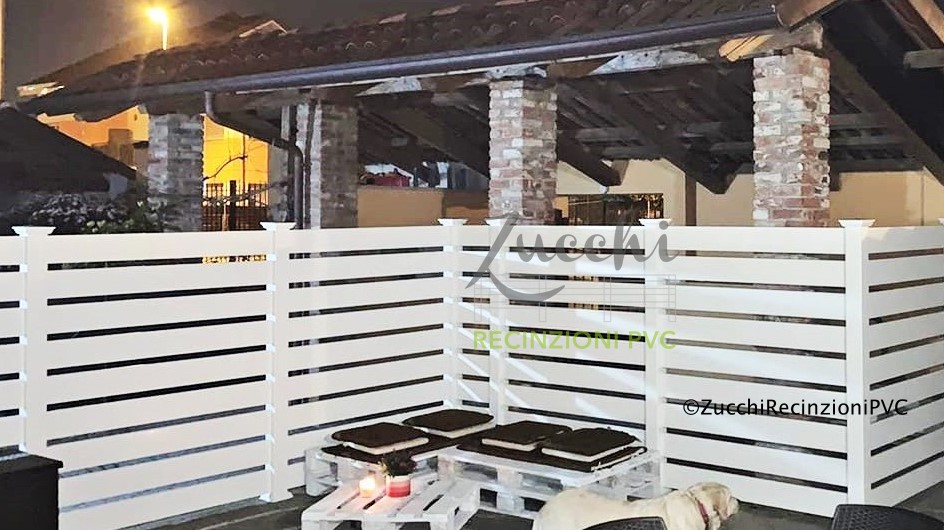
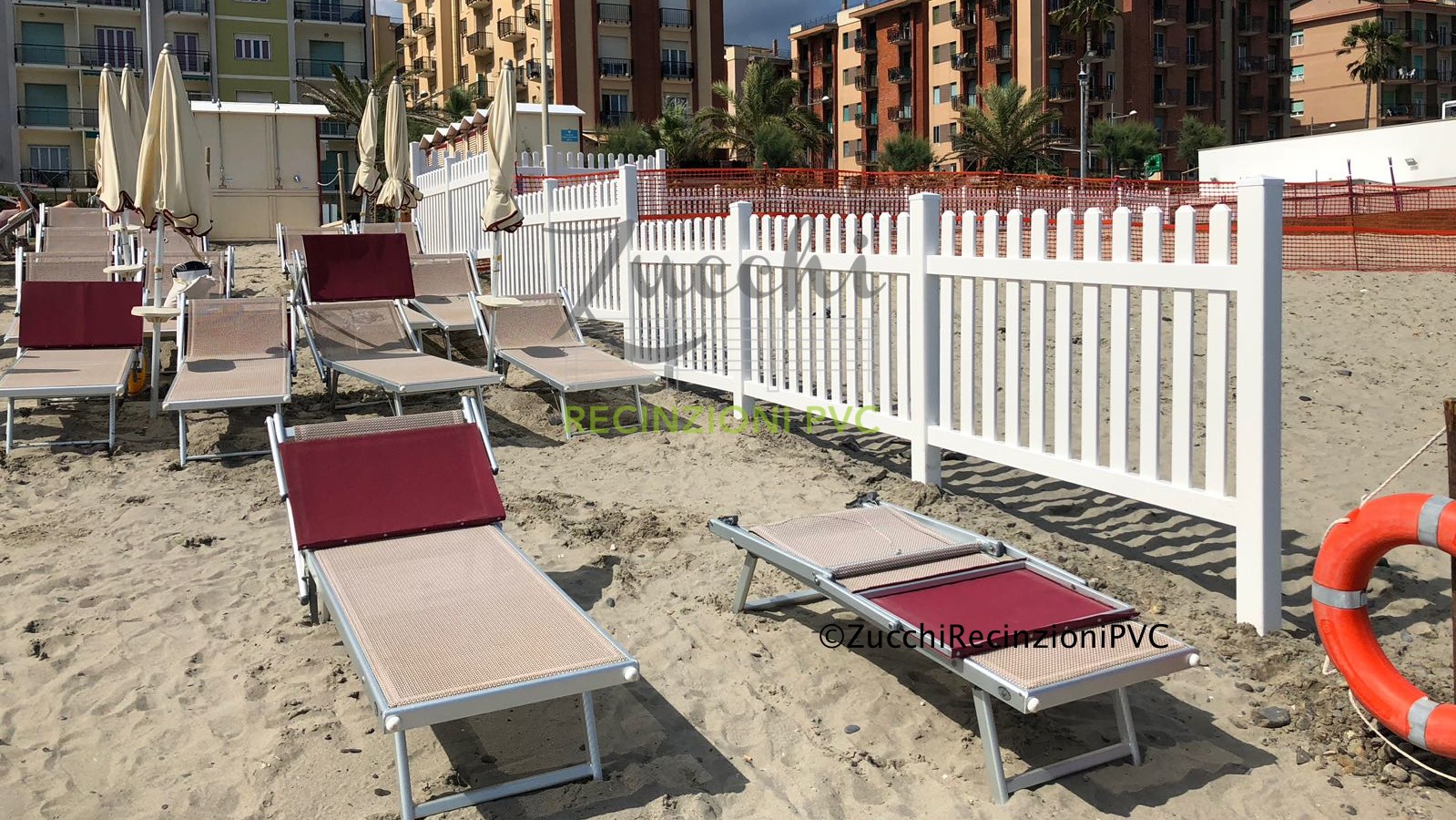

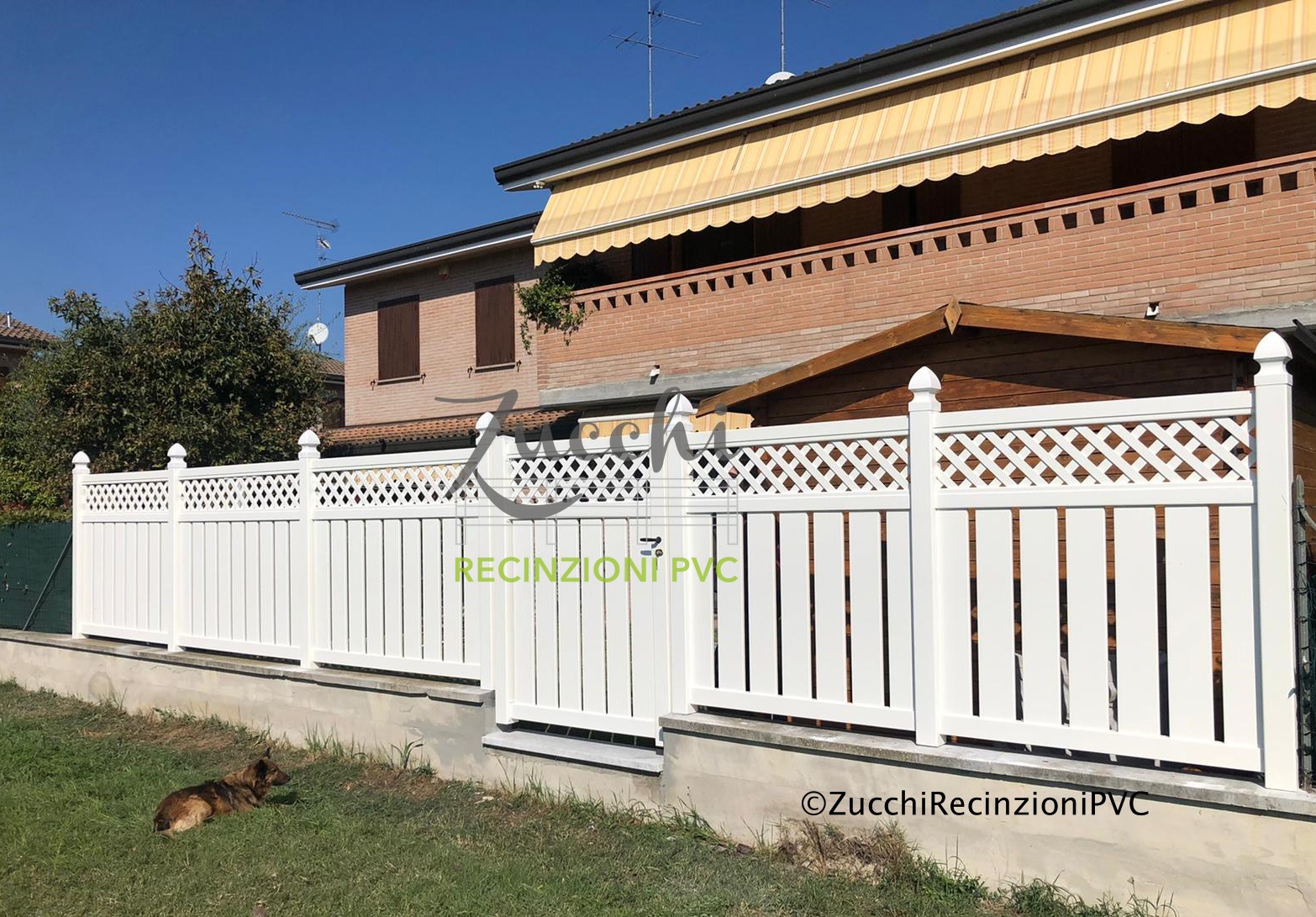
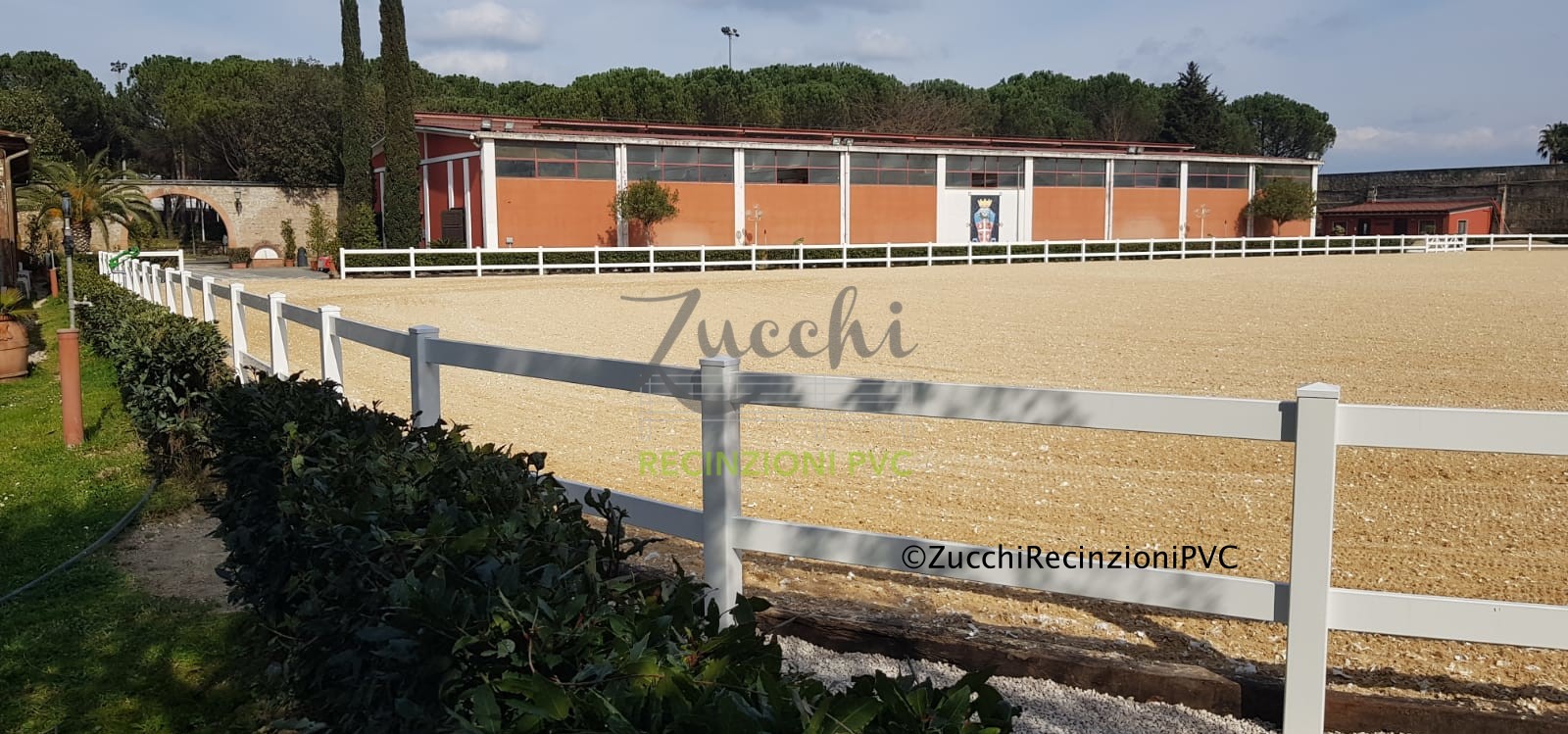
Leave A Comment